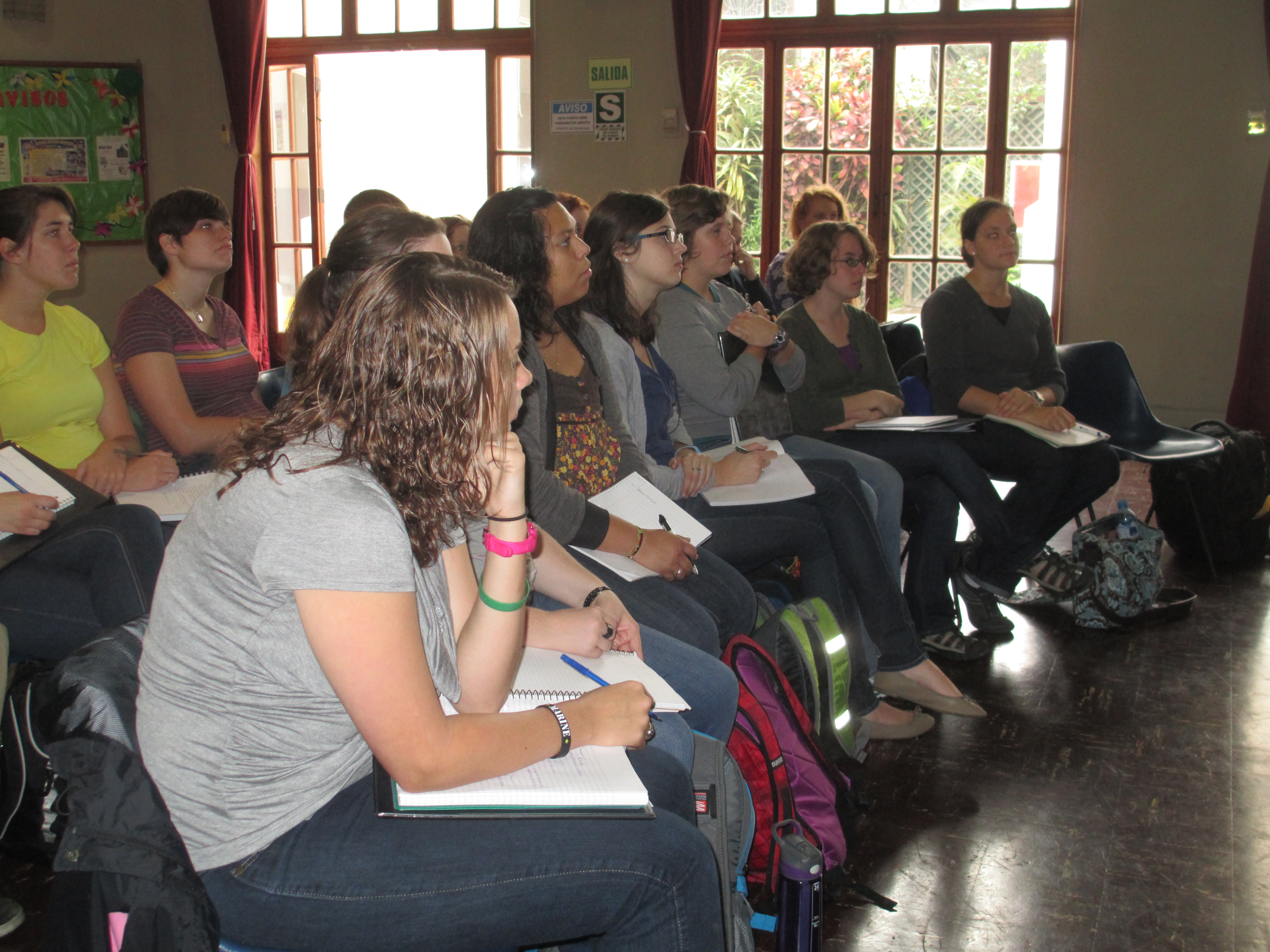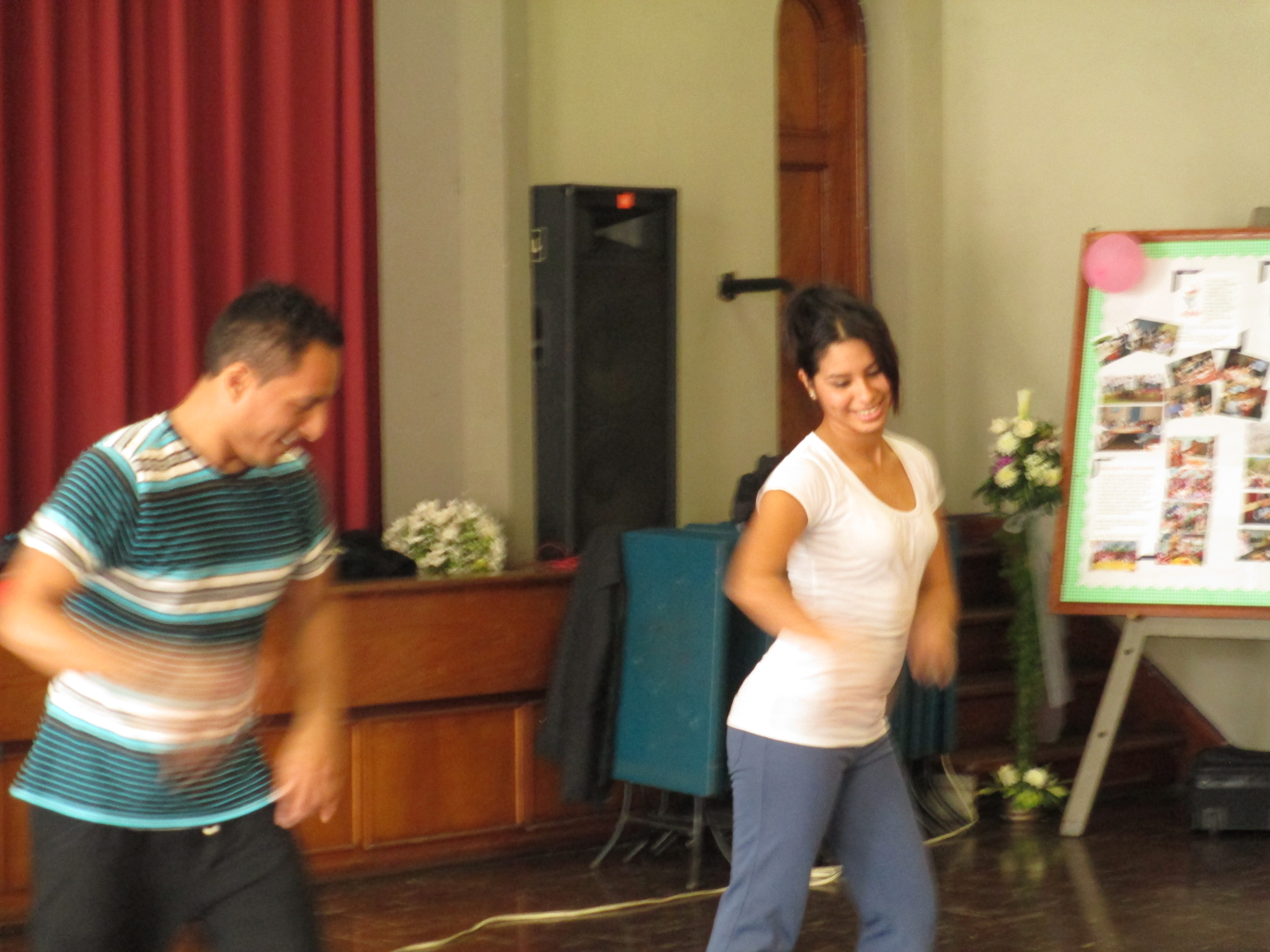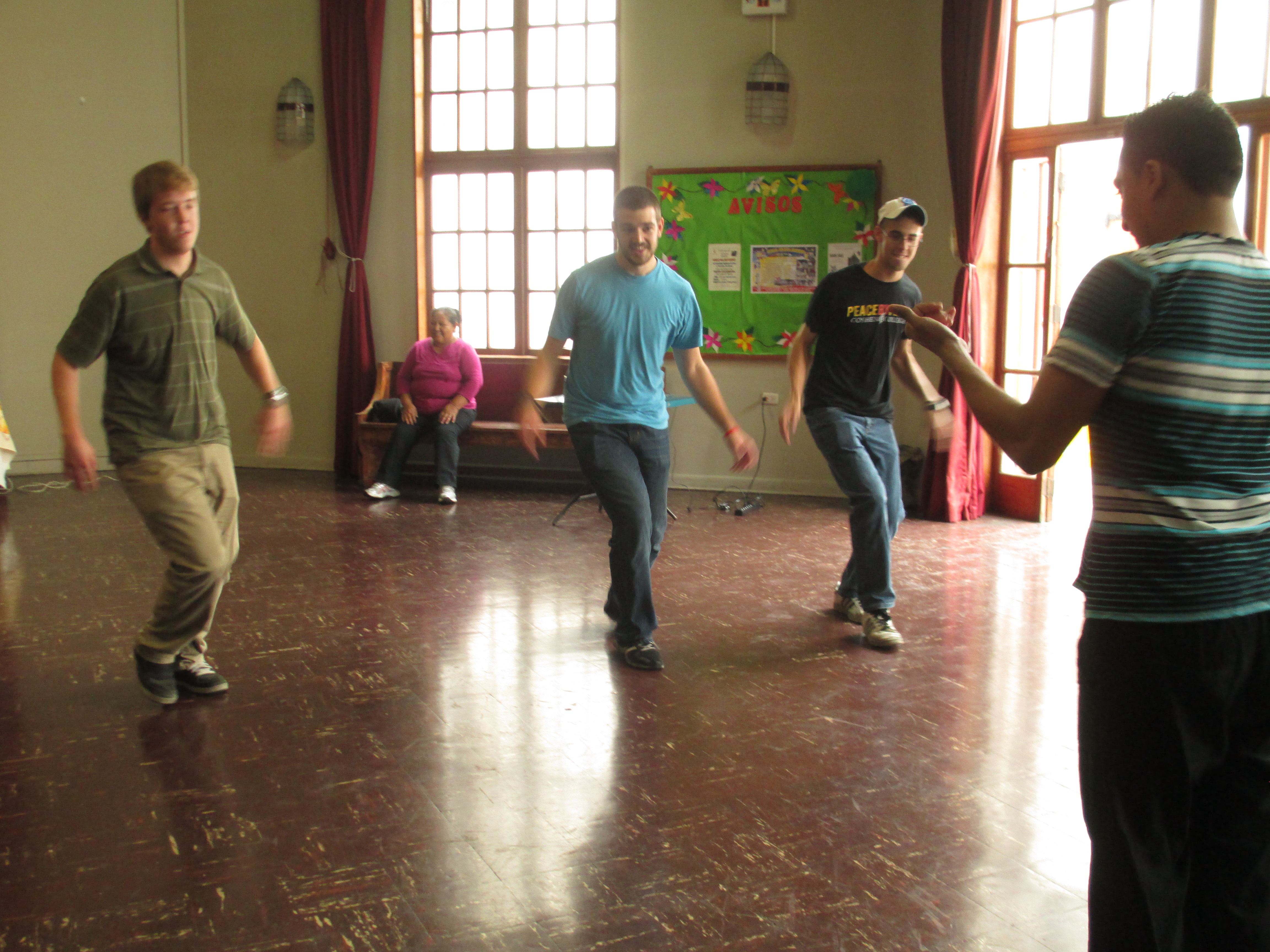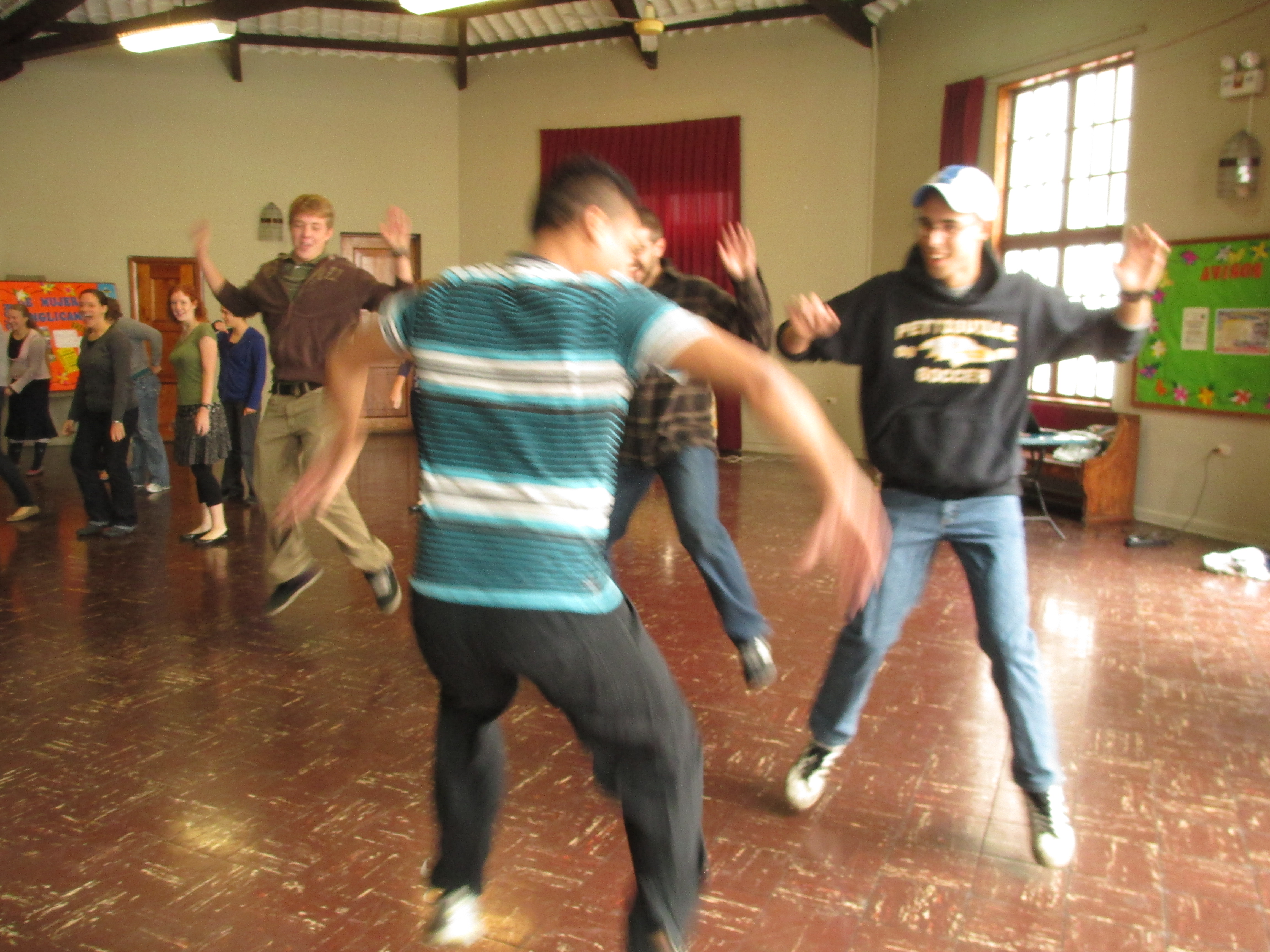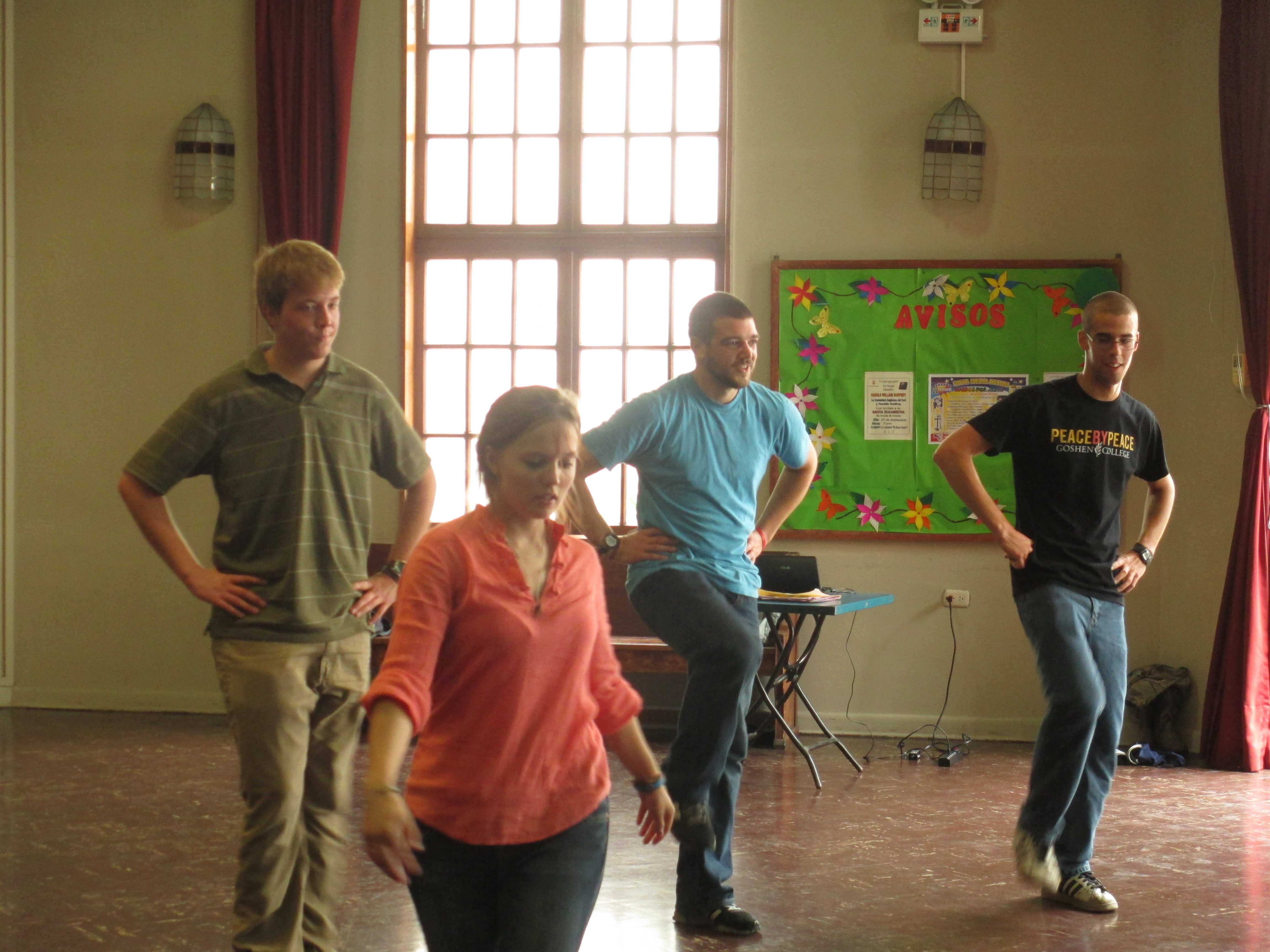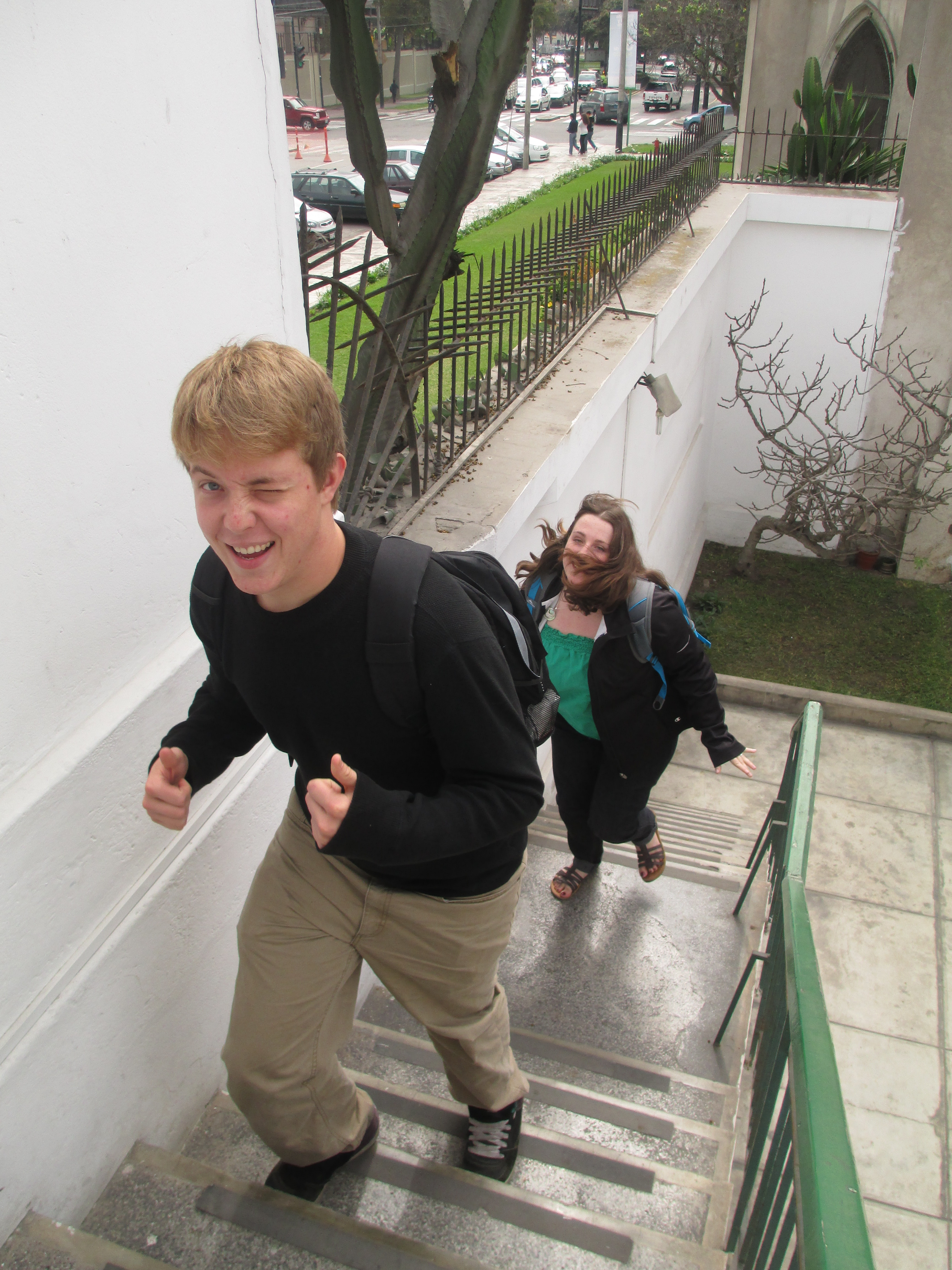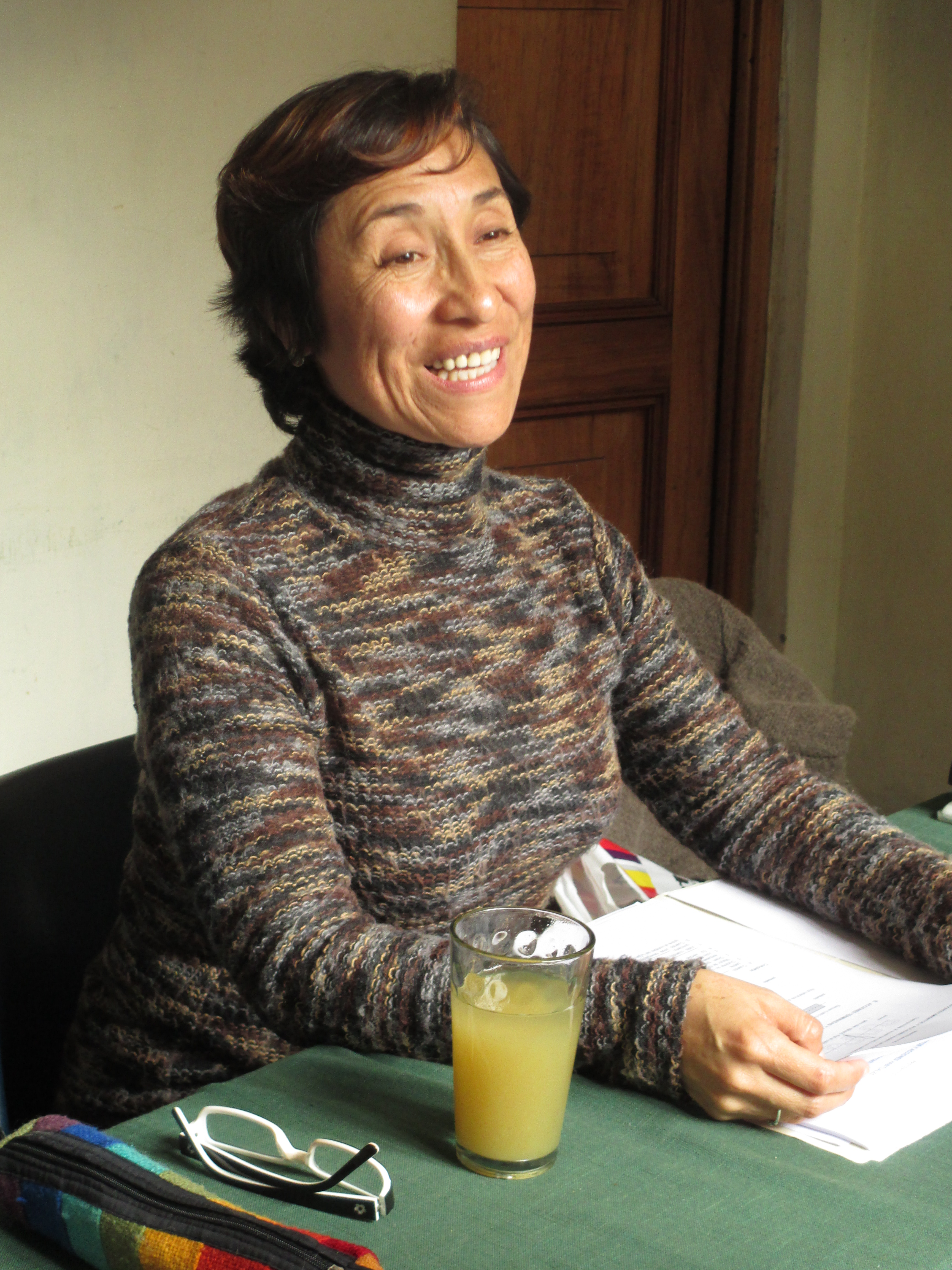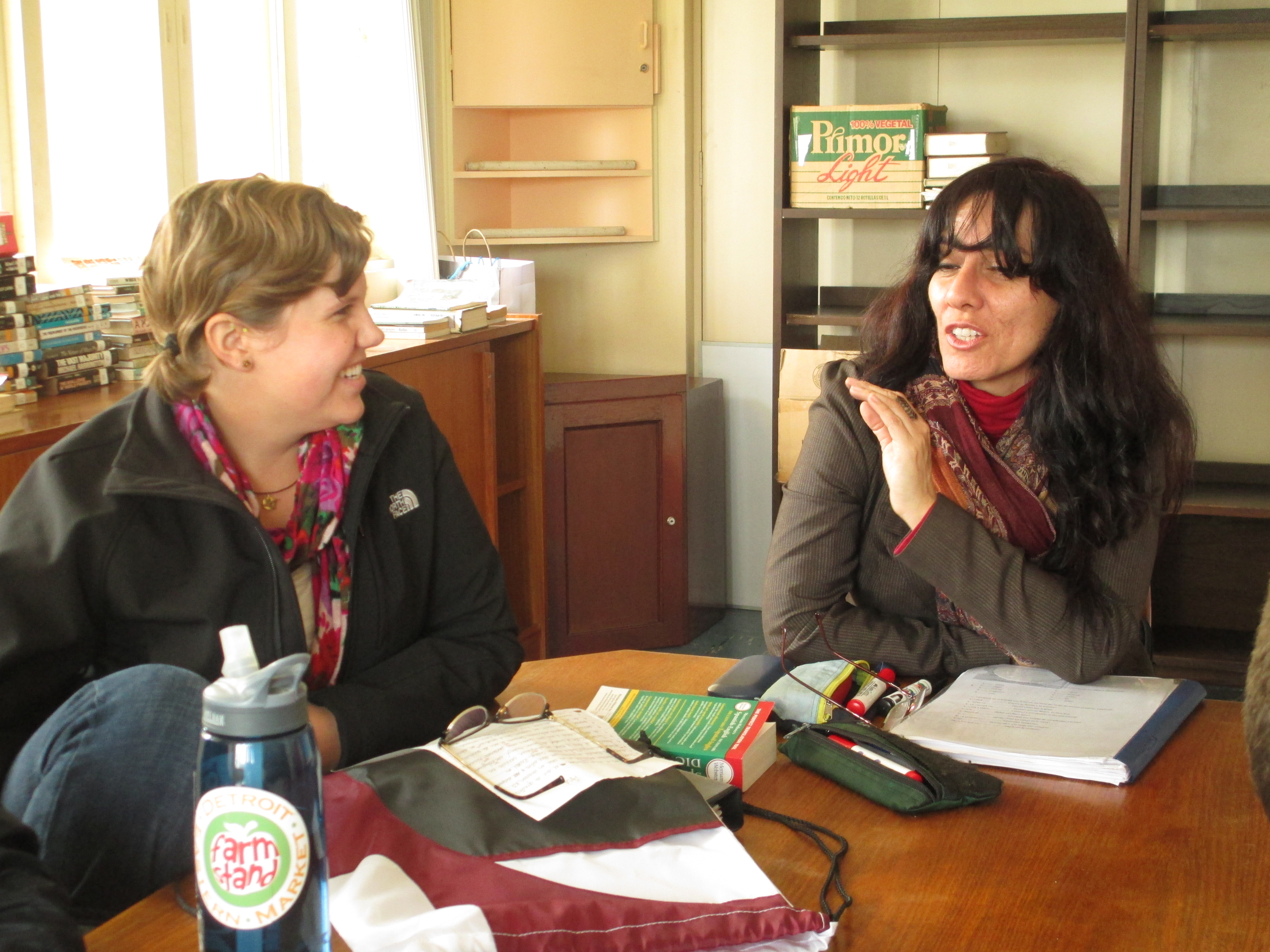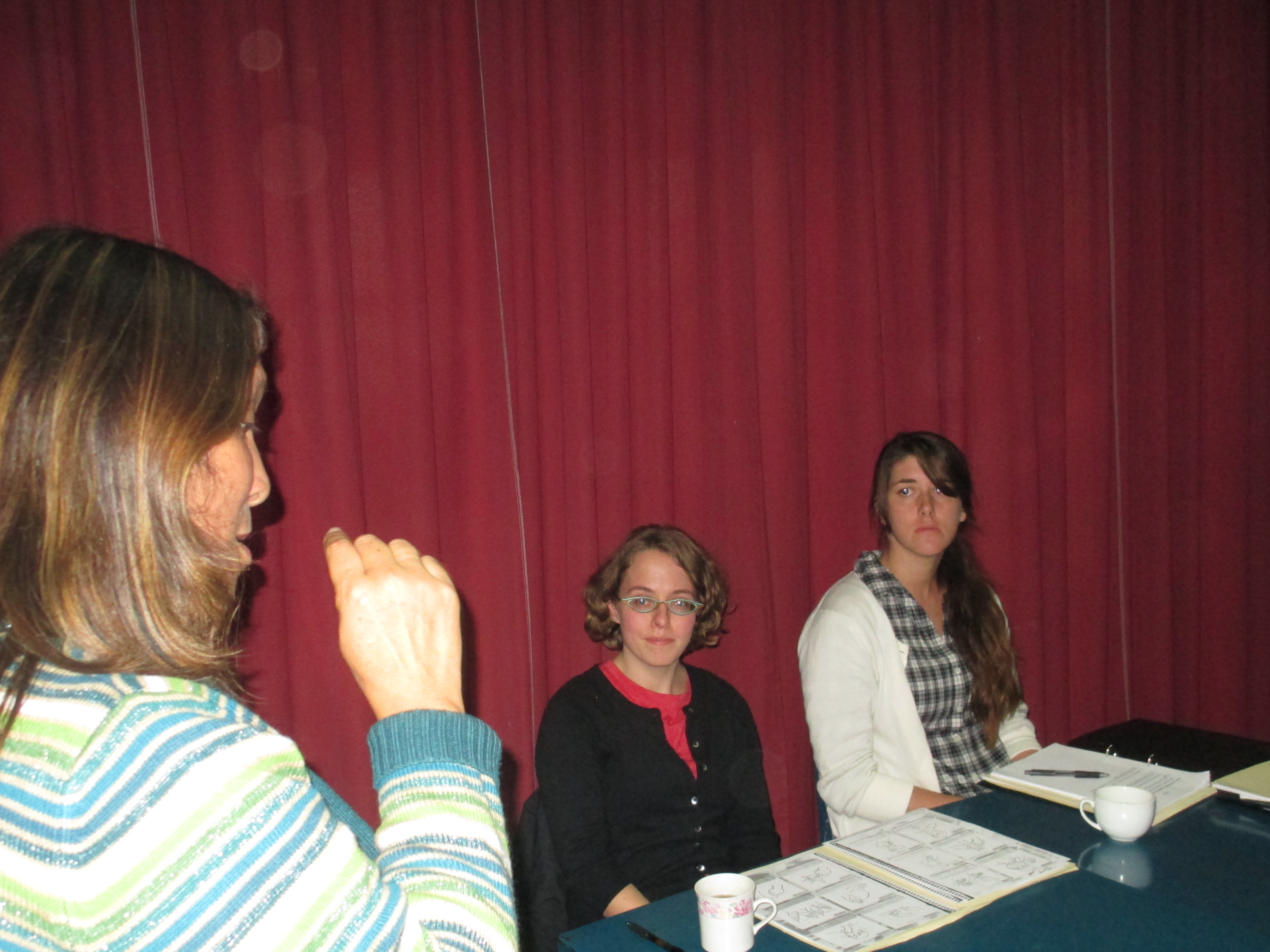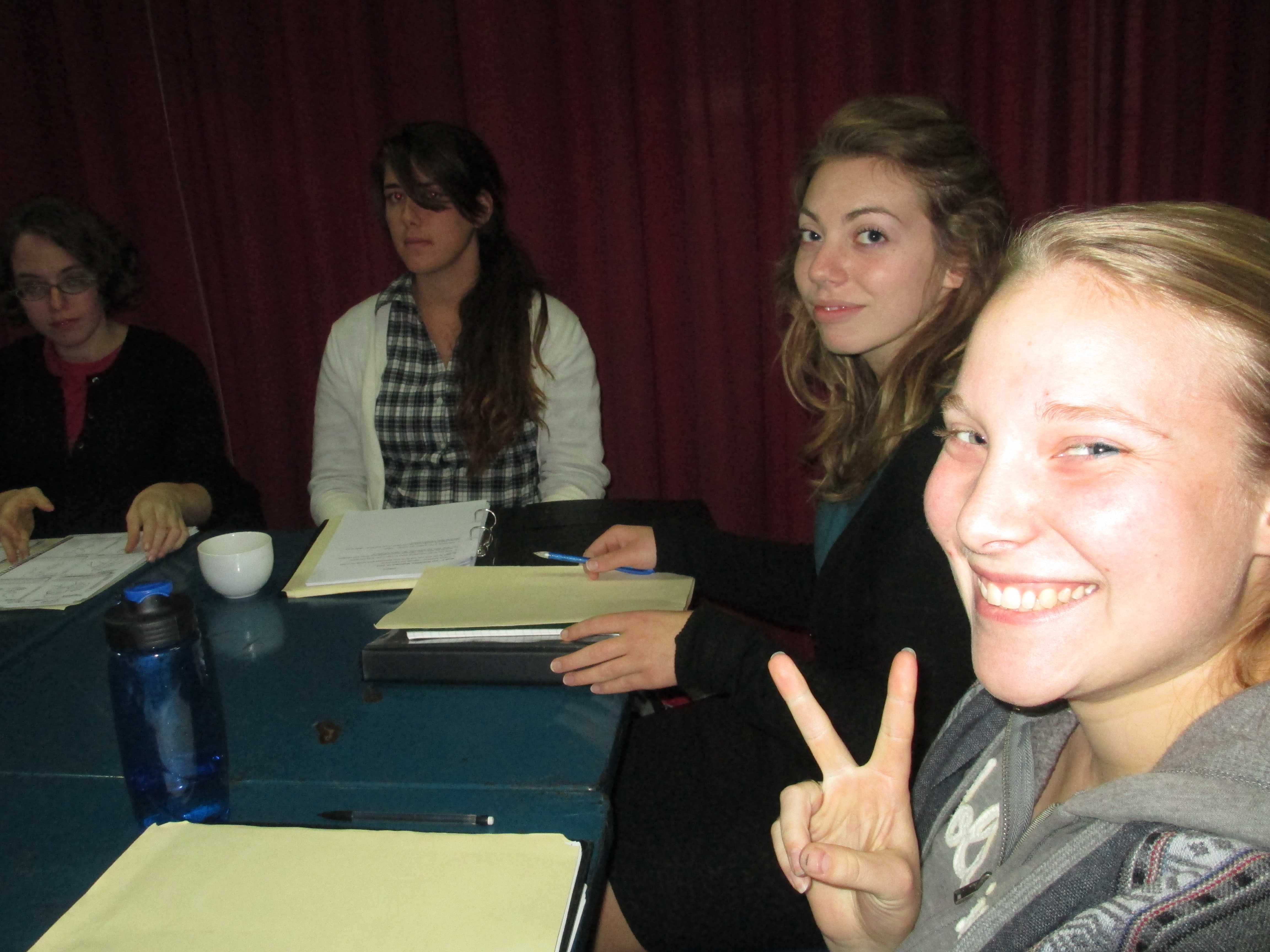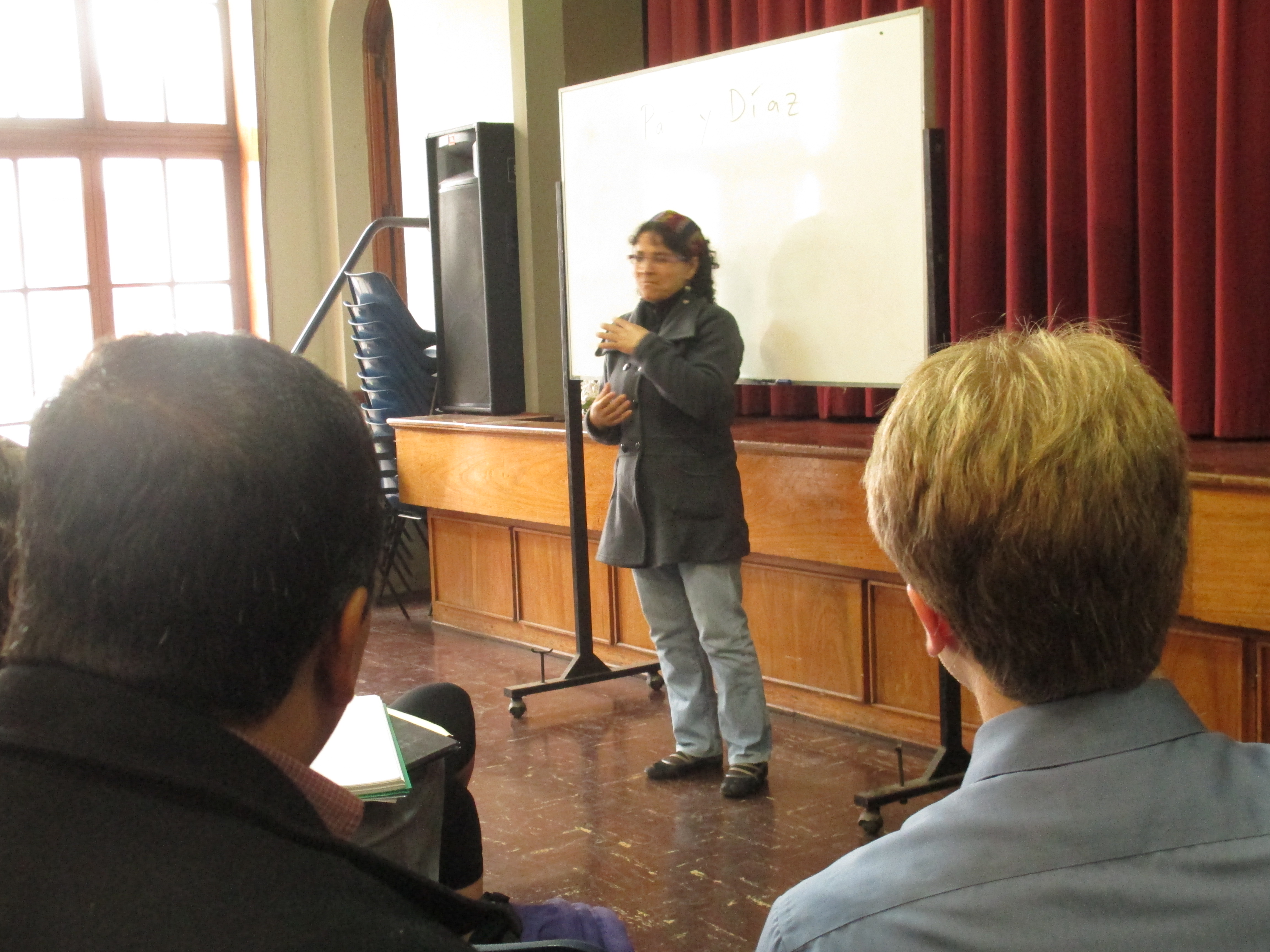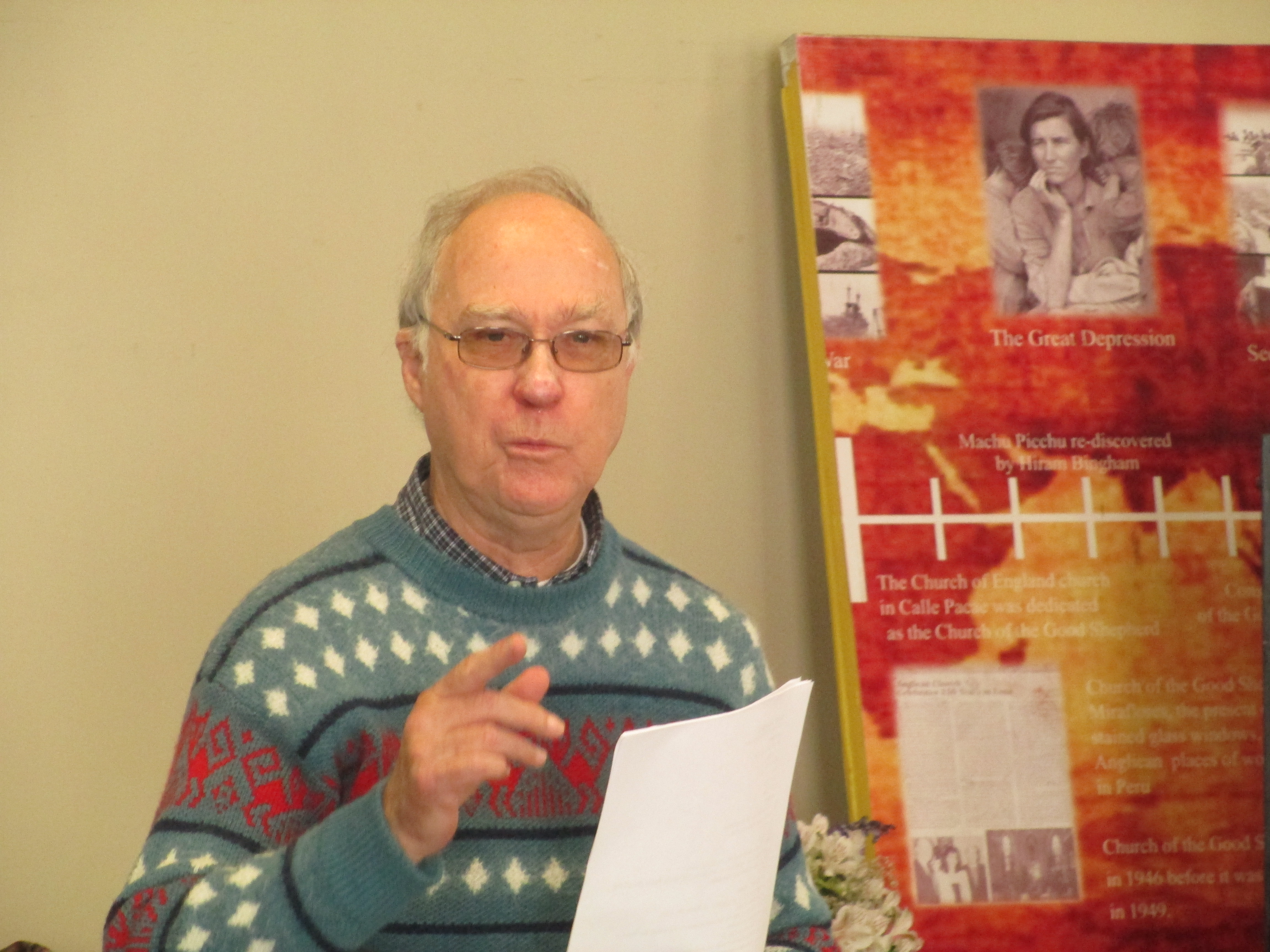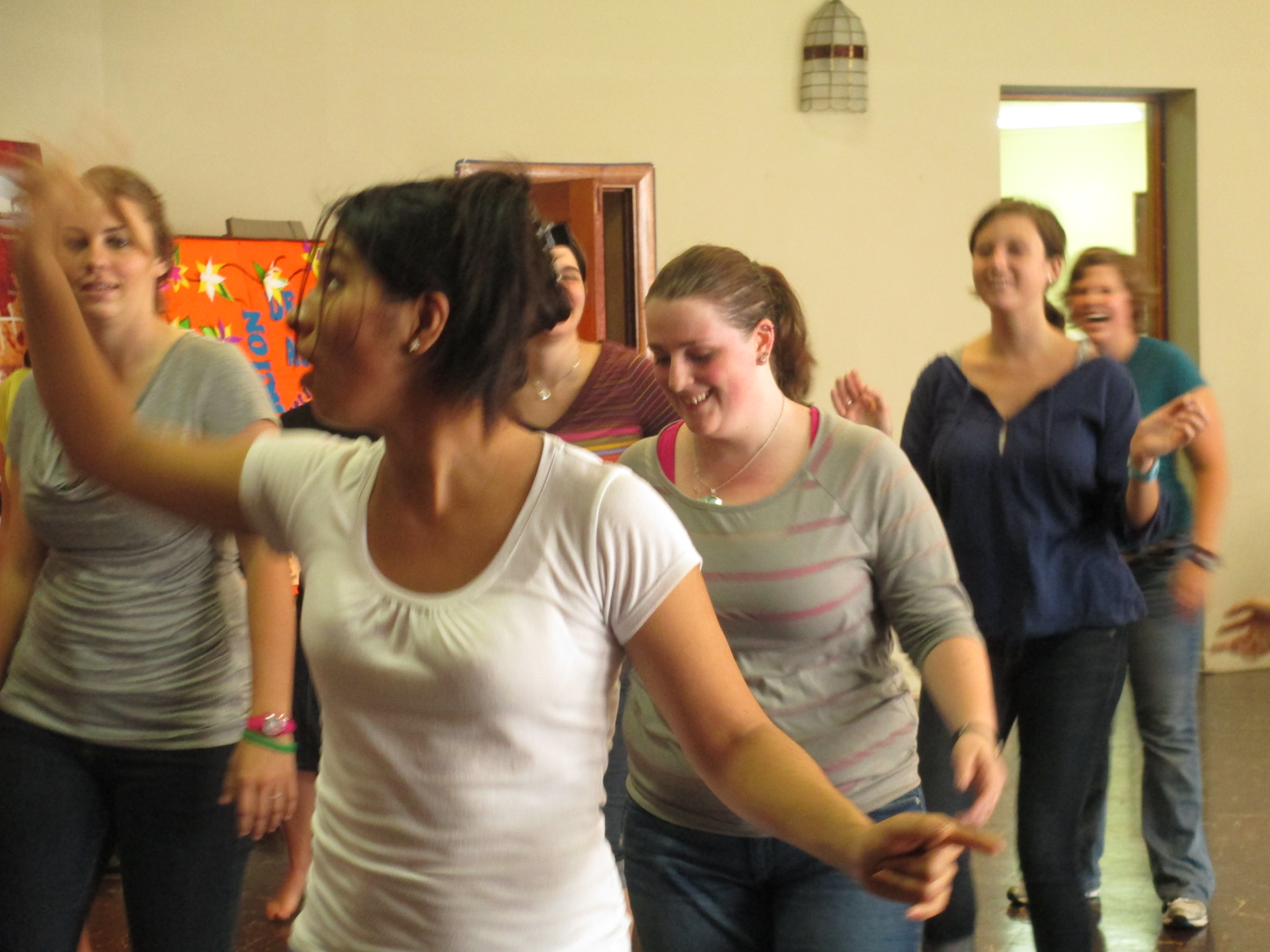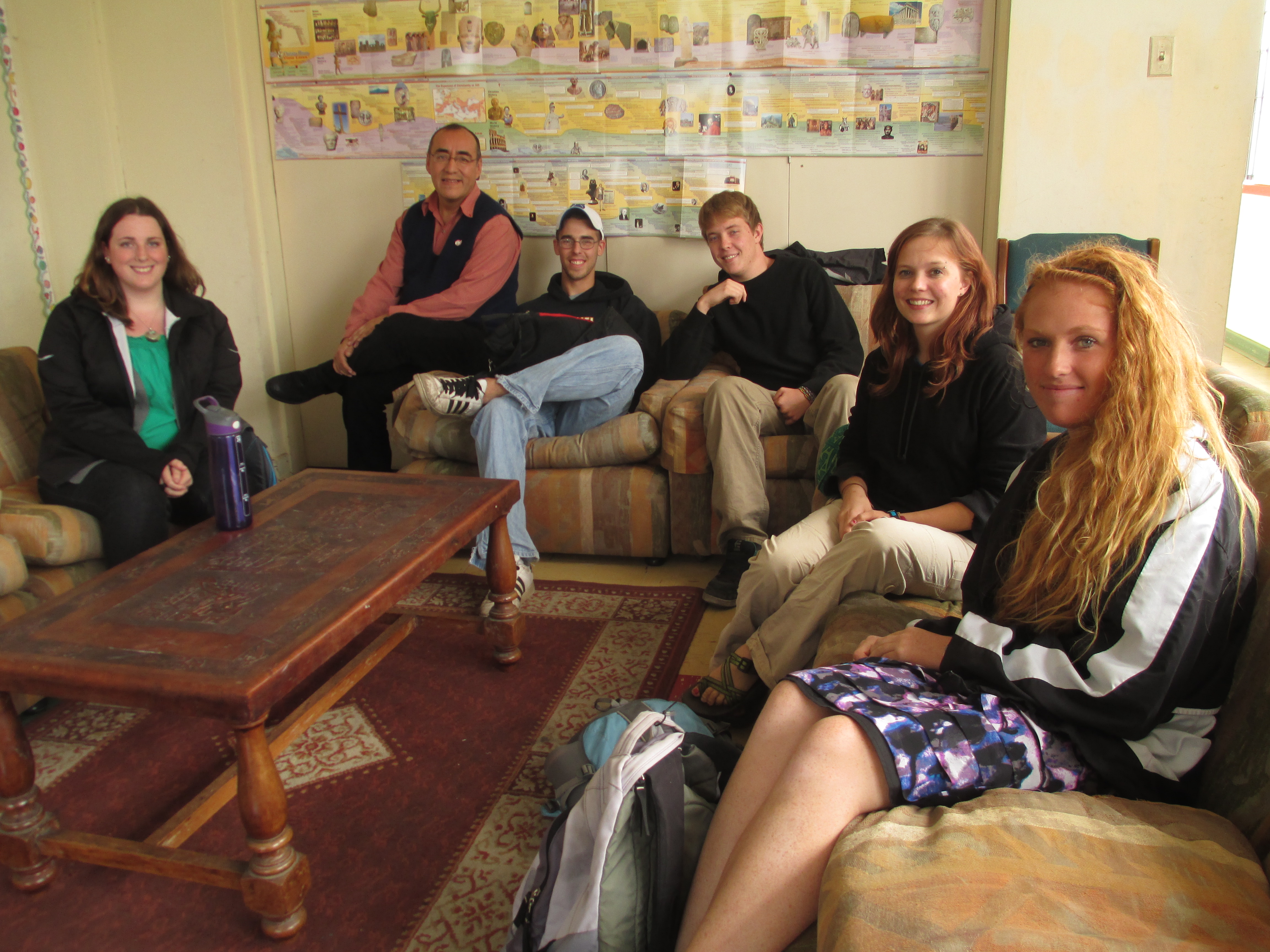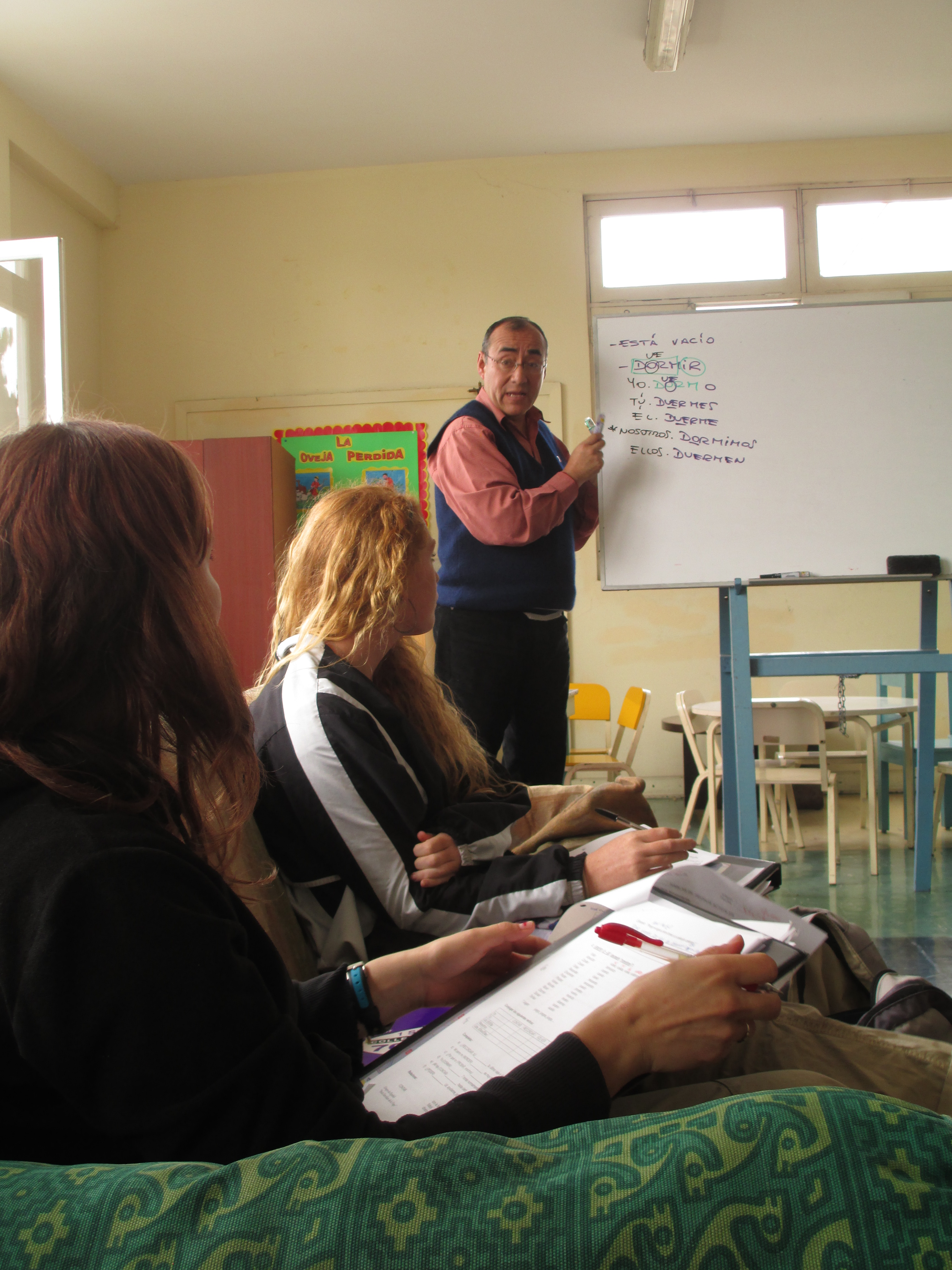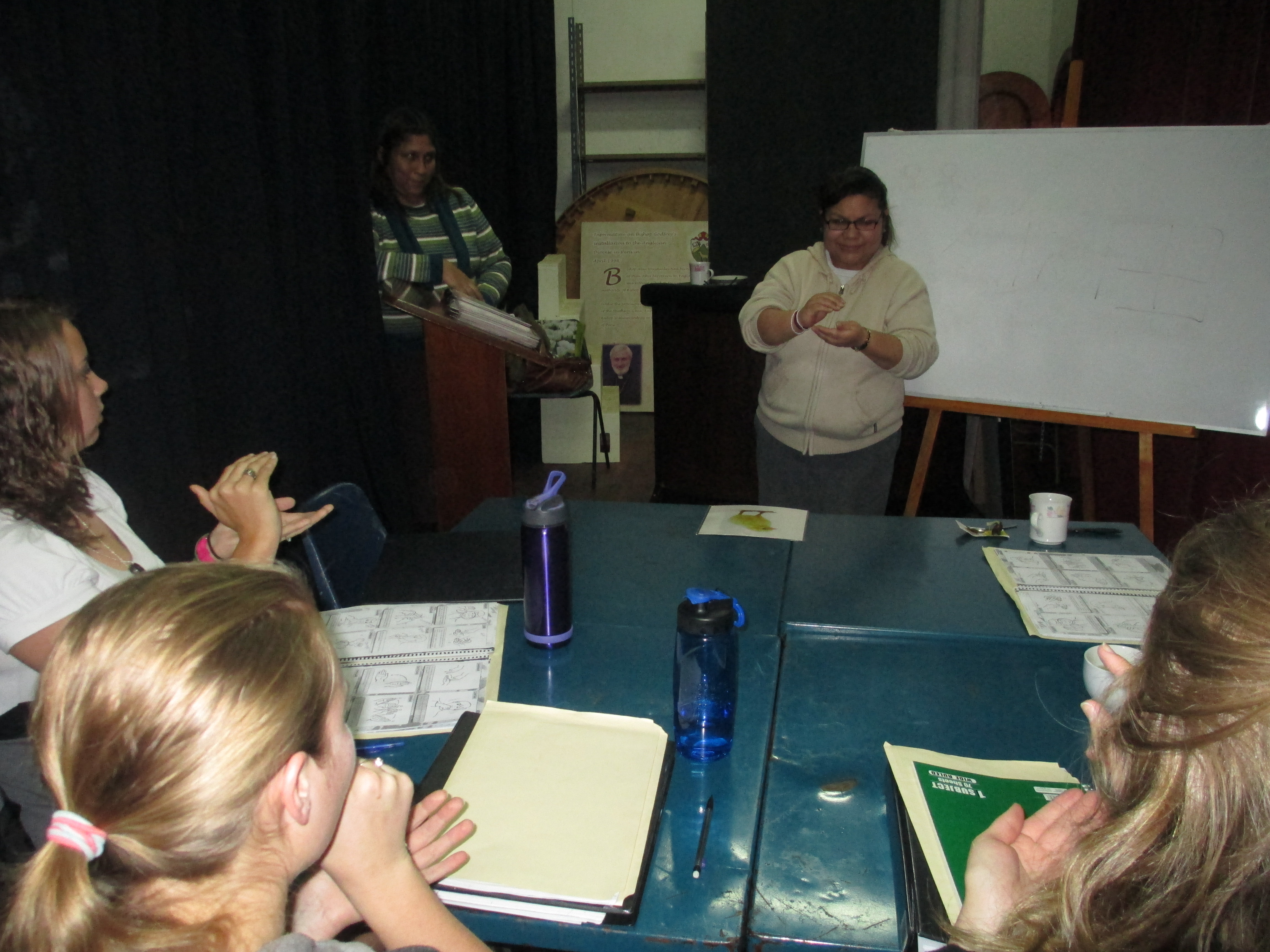Life on the Margins
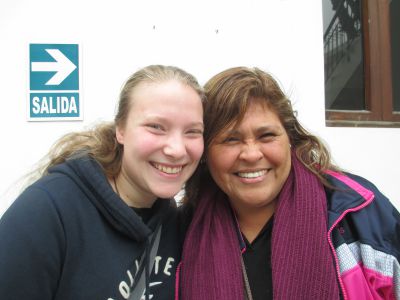
Peru has a proud past. The Inca civilization is most notable, but many other cultures thrived in this part of the world thousands of years before the rise of the Incas and their conquest by the Spanish. In many ways, these cultures were in the center of their known worlds. Today, however, Peru is considered a developing nation, a country that often finds itself on the margins of the world stage. This semester we will focus on what life is like for people who live on the edge, in a sense, of economic, social, cultural, religious, environmental and political structures.
If Peru is a nation on the margin, where does that leave people who live on the margins of Peru itself? Rural peasants. Urban poor. Women. Descendents of slaves. People who cannot hear. Indigenous people. And many more. This semester we will attempt to learn what life is like on the margins, understand what keeps people there and explore ways to empower the marginalized.
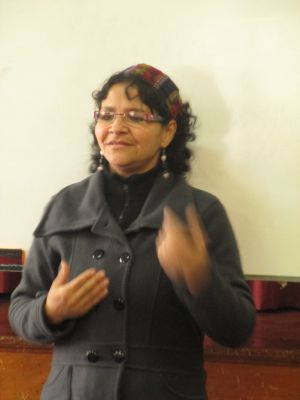
We began our first full week with a series of lectures from diverse perspectives. James Plunkett, an American businessman who has lived in Peru for 48 years, taught us about the country’s recent presidents and contemporary economic trends. Nestor Vergara, a psychologist who works for the Ministry of Women and Vulnerable Populations, described what life is like for the millions of migrants who move from the rural provinces to the low-income “cones” that encircle metropolitan Lima. Father Eduardo Arens, a Catholic Priest from Maria Reina Church here in Lima, helped us understand Jesus’ use of humor and his desire for us to live as brothers and sisters to everyone, regardless of their income, education or background.
We enjoyed a conversation with Patricia Diaz, an educator who recently hosted a television reporter in her home for a five-day stay during the filming of an investigative report about contemporary life in the deaf community. Deaf since the age of two, Patty recounted to us her experience growing up in a hearing household with parents who did not know how to communicate with her. At the age of ten her mother finally enrolled her in a special school to learn sign language. Today Patty is a model deaf person at a local school, helping children learn sign language as well as how to read and write in Spanish.
Pedro Vargas and his friend, Beatriz, taught us three traditional dances — one from the Amazon rain forest, one from the mountains in the Lake Titicaca region and one that originated among the descendants of African slaves along the southern coast of Peru. These dances require a certain degree of athleticism, and the students shined as they enthusiastically learned each step.
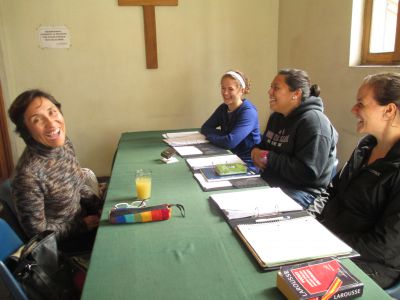
Each afternoon our language instructors join us for lunch before leading classes in Spanish for thirteen of the students or Peruvian Sign Language for the other five. Irene, Moises and Ana are our trusted Spanish instructors. They spend their mornings teaching at a language institute here in Lima and we are fortunate to have them with us in the afternoons. Each has a way of engaging the students to make their time together both interesting and effective. Laura is our new sign language instructor, an excellent teacher with a big smile. She works at EFATA, a deaf school in Villa El Salvador — her director, Clelia, agreed to share Laura with us while the students are here in Lima. Laura is enthusiastic and encouraging, helping our students who already know American Sign Language learn to communicate in Peruvian Sign Language, a South American cousin with a common structure and many shared words.







